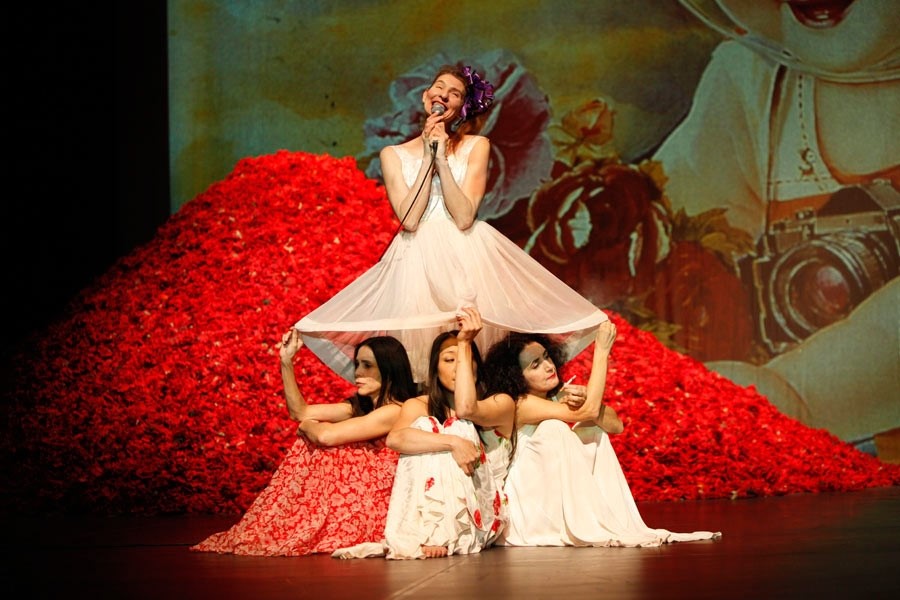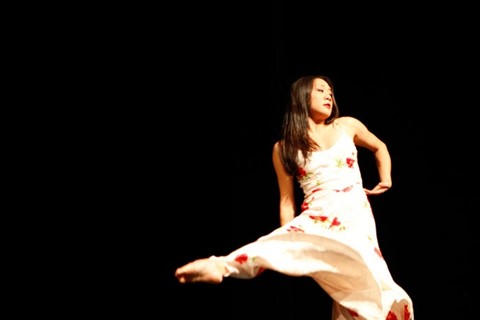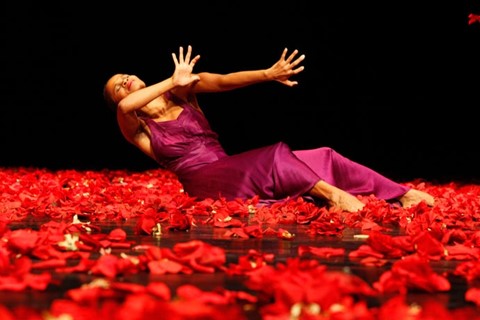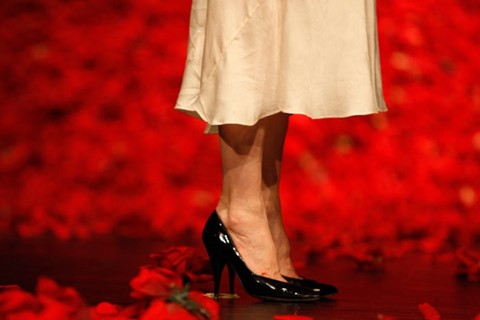Visionary choreographer Pina Bausch never followed a prescribed method when conceiving her unique productions...
Visionary choreographer Pina Bausch never followed a prescribed method when conceiving her unique productions. Guided instead by her finely honed intuition, Bausch would let the works develop in an organic, visceral manner and her trusted company of dancers and collaborators at the Tanztheater Wuppertal would fall into step as her creative vision unfolded. For costume designer Marion Cito – who has been in the role since 1980 – this meant designing costumes “speculatively”, relying on a certain amount of guesswork, in terms of the direction she felt each piece might take, in order that her workshop kept pace.
Bausch was a great student of human emotion, “interested in the person, as much as the dancing”. In a recent interview for the current issue of AnOther Magazine one of her dancers, Julie Anne Stanzak, recalled: “I was so interested…in her research into human beings and their needs and desires, their joys and sorrows, yearnings and longings, what we can’t always touch but could maybe produce in a movement or song…” This sense of humanity is one of the most defining aspects of a Bausch production and, in this vein, the Tanztheater costumes are interesting in that they present the dancers primarily as normal people – in dresses, suits, high heels and everyday shoes – as opposed to performers in traditional leotards and ballet shoes. Glamorous eveningwear is also a common feature, used not just as a demonstration of beauty but also of desire; of how men and women interact with each other and use their clothing to hide or reveal themselves accordingly.
"The Tanztheater costumes are interesting in that they present the dancers primarily as normal people – in dresses, suits, high heels and everyday shoes – as opposed to performers in traditional leotards and ballet shoes"
That the costumes play a symbolic role within the works has always been important – in Bausch’s early pieces, for example, women would often dress as if projections of male fantasies, or men would dress as women, as a means of challenging conventional gender roles. But equally their role can be physical, as in Nefes where a dancer counts ten more dancers miraculously emerging from under her skirt, as if she is giving birth to them. It is in such a case that Cito best demonstrates her innovation and skill as a costume designer – creating outfits which appear "normal" but which perform dual functions as sartorial props. And even when designing a non-functional outfit, each costume must allow for the freedom of movement required for the performance, a factor well understood by Cito, herself a dancer.
Another nuance in Cito's work is her ability to gently reflect other cultures in her costumes "while avoiding crass allusions"; choosing subtlety over garishness in line with Bausch's poetic, open-ended approach to dance theatre. This is demonstrated in her evocation of the orient, for instance, through "translucent fabrics with etched out patterns". This skill became a necessary requirement as the company undertook increasing numbers of co-productions with foreign companies; most of which have been performed over the past four weeks in London (at Sadler's Wells and the Barbican, alternately) as part of the Tanztheater Wuppertal Pina Bausch: World Cities 2012 performances. Today marks the final week of these productions which celebrate Bausch herself (who passed away in 2007, during the event’s planning stages) and the forthcoming Olympic Games.
Tanztheater Wuppertal Pina Bausch: World Cities 2012 is showing at Sadler's Wells and the Barbican until July 9.
Text by Daisy Woodward



